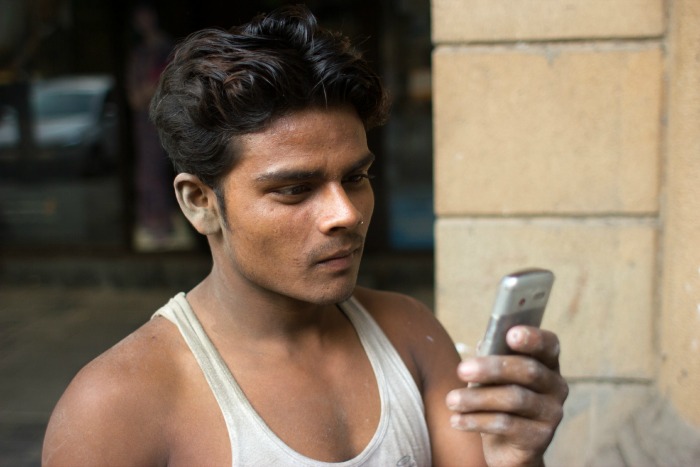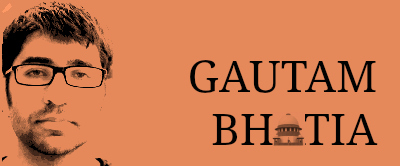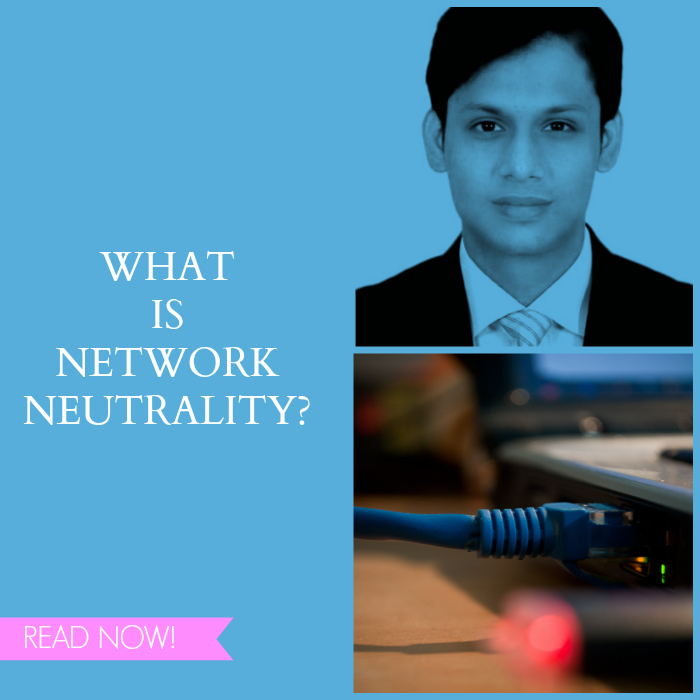 Most consultation papers go straight from the printer to the archives but the latest from India’s telecommunications regulator, the TRAI, on a regulatory framework for over the top (“OTT”) services, has prompted strong dissent.
Most consultation papers go straight from the printer to the archives but the latest from India’s telecommunications regulator, the TRAI, on a regulatory framework for over the top (“OTT”) services, has prompted strong dissent.
Let us get this out of the way early. The paper is a terrible piece of public policy. It reads as if written by a lobbyist for Airtel and the synopsis could well be, “Internet publishers like Google and Facebook are making a boatload of money using our (Telecom Service Providers) networks and we want a bigger cut”.
Most of the ‘angst’ expressed by telecom service providers (“TSPs”) is directed at messaging services (like Whatsapp) and Voip services (like Skype), which are ‘free-riding’ on TSP networks. These OTT services provide customers an alternative to TSP services like SMS and international calls. Since OTT services are exempt from the various quality and consumer protection regulations placed on TSPs, the paper argues that OTT services deprive ‘licensed operators and governments of their legitimate revenues’. The paper then continues on to twist itself in loops to expand the definition of OTT services to services offered by YouTube, Facebook and Flipkart, that is, pretty much any service on the Internet that makes any money (TSPs cant really charge messaging and Voip services because they have infinitesimal revenue). The paper ‘asks’ whether OTTs should be regulated and if there is ‘a justification for charging differential prices for data access’.
 And it is this point on ‘differential pricing’ that has attracted the ire of advocates who warn that if TSPs are allowed to charge publishers, TSPs and deep-pocketed publishers (but not consumers) will decide what Internet services the public will access. To their opponents, zero-rating plans like Internet.org and Airtel Zero presage a fragmentation of the Internet in to gated playgrounds, in short, the death of the open and free Internet.
And it is this point on ‘differential pricing’ that has attracted the ire of advocates who warn that if TSPs are allowed to charge publishers, TSPs and deep-pocketed publishers (but not consumers) will decide what Internet services the public will access. To their opponents, zero-rating plans like Internet.org and Airtel Zero presage a fragmentation of the Internet in to gated playgrounds, in short, the death of the open and free Internet.
‘What is ‘Net Neutrality’?
‘Net neutrality’ might be (simplistically) summarised as the principle that the ISPs have to treat all data on the Internet equally. Customers pay ISPs for unrestricted access to all the data on the Internet. So ISPs should not be able to make agreements to favour one Internet service or the other.
Under net-neutrality principles, Airtel cannot allow the Indian Express to pay to have its webpage load faster than that of the Times of India. Nor can Vodafone charge data fees for videos watched on Hulu while foregoing data charges for YouTube users. Net-neutrality principles create a ‘firewall’ between the creators of Internet content and the middlemen, the ISPs. Customers remain the sole arbiter of which Internet website or service or app they want to access.
Why publishers are not entirely sure about a neutral Internet
Large Internet publishers like Google, Amazon, and Facebook are usually supportive of net-neutrality principles. They want to avoid having to pay ISPs to reach Internet users and they want to prevent their products from being blocked by an ISP, while the ISP offers a competing service of its own. Google’s struggles in launching Google Wallet even as telecom companies were working on their competing product, Softcard, illustrate this.
However net-neutrality is not always in the interest of established or deep-pocketed publishers. On the Internet, the kid in a garage can (in theory) compete with Google as long as he has a better algorithm, the last true meritocracy. However in a world without net-neutrality, Google could pay ISPs to make sure their pages load quicker through a dedicated line, leaving the garage genius’s algorithmic brilliance defenceless against Google’s cheque-book. Why would any Reliance user now try a new social network like Ello, for which they have to incur data charges to use, unlike Facebook, which is free to access on Reliance’s network?
If ISPs can make direct arrangements with publishers for favorable access, it creates a ‘pay to play’ system. In such a world, the successful Internet services will be the ones that pay the ISPs the most, not the ones that create the most customer value. ’Net-neutrality’ therefore, is central to keeping the Internet a level playing field.
What neutrality without the Internet?
In the developing world however, the primary challenge for Internet publishers is the fact that users are not connected to the Internet. Most of Africa seems to have Internet penetration rates of less than 10 per cent of the population. Less than 20 per cent of the Indian population is connected to the Internet.
The unconnected represent a veritable ocean of potential ad-clicks and e-commerce, giving Internet companies a powerful incentive to assist in getting the world online. This is especially true of Google and Facebook whose revenues on any given day are essentially a function of how many people are online to see ads. This is to some extent the motivation behind initiatives like Internet.org or Android zero-rating. Amazon, Flipkart, Uber, India Today, and really any publisher whose profit-per-user is higher than the data costs, has an incentive to participate in programs like ‘zero-rating’, that subsidise a customer’s Internet use. In turn, guaranteed payments from publishers give TSPs and ISPs a strong incentive to build network capacity in underserved rural areas rather than run risk of their expansions going unused because subscriber incomes are too low to afford Internet services. So if Facebook wants to pay your Internet bill, why not let them?
Because, unless you believe that Internet publishers are altruists, Pandora is not going to pay for streaming Spotify, nor is Ola going to support the use of Uber. ‘Zero-rating’ will create Internet corners where only a subset of services are available. This means a fragmented Internet and a steep uphill slope for new Internet publishers. Any consumer benefit from ‘free’ data could also be short-lived. Over the long-term, publishers might pass the data costs back to consumers, either though more ads or higher usage fees for the Internet service.
But what is the point of a ‘neutral net’ if 80 per cent of the public cannot get online? Bing might be a terrible search engine, but it is still better than the offline alternative of the local library. An Internet restricted to publishers who can subsidise data costs might be better than no Internet at all.
Safety in nuance
Net-neutrality (like most public policy) does not need to be a ‘one size fits all’ policy. Countries like South Korea (or the US) where a high proportion of the population is connected can afford a strong net neutrality regime since access is not a constraint. Countries like India might want to prioritise investments in access over competitiveness and progressively adjust their net neutrality regulations over time as greater proportions of the population come online and can afford their own Internet access.
 Net-neutrality could also be rendered ‘moot’ in markets where there is a high level of competition between local ISPs or TSPs. If consumers have their choice of ISP, they will punish any attempts to restrict access to their favorite websites by switching providers. Unfortunately, the high fixed investments mean that there are very few markets have more than two or three viable ISPs.
Net-neutrality could also be rendered ‘moot’ in markets where there is a high level of competition between local ISPs or TSPs. If consumers have their choice of ISP, they will punish any attempts to restrict access to their favorite websites by switching providers. Unfortunately, the high fixed investments mean that there are very few markets have more than two or three viable ISPs.
All net-neutrality laws are not created equal. We can almost universally agree that ISPs should never be allowed to restrict consumer choice by blocking content. But ‘blanket-bans’ on any publisher-ISP relationship is not necessary. An example of compromise between access and competition might be to cap the amount of data that can be zero-rated, that is, say a company can at most subsidise 100 MB of data to ensure the subsidies mostly flow to those who could not afford the data otherwise. In the net-neutrality debate, it is the details that will make the difference between throttling or freeing the Internet.
Regulations that prevent differential pricing but are silent on whether ISPs can charge for direct connections and other types of preferential access would be worse than useless. Such a situation would allow preferential access to powerful publishers without even the benefit of subsidies to consumers as in zero-rating plans. One could argue that this is the situation the US finds itself in despite being considered a ‘net neutral’ country. Netflix already pays ISPs for direct access to their network. Google sends hard-disks with popular YouTube videos to ISPs so that they be cached and delivered faster than any other video service. Even the newly proposed FCC regulations are largely silent on the matter of ‘inter-connection’ fees, leaving open the prospect for ISPs to price discriminate by charging for ‘direct access’ to their networks. The specific implementation of net-neutrality matters.
 Net-neutrality questions have engendered passionate discussion across continents these past two years. The dimensions of the question are far more complex than a single article like this can encompass. For example, we have spoken little about inter-connection fees between ISPs, publishers becoming ISPs, or governments restricting content and these questions might be even more crucial to Internet openness than differential data pricing.
Net-neutrality questions have engendered passionate discussion across continents these past two years. The dimensions of the question are far more complex than a single article like this can encompass. For example, we have spoken little about inter-connection fees between ISPs, publishers becoming ISPs, or governments restricting content and these questions might be even more crucial to Internet openness than differential data pricing.
Given these complexities, applications of net-neutrality principles must be tailored to the context. Knee-jerk support, both for and against, is terrible public policy. The truth in public policy is that the right answers depend on calibrating any regulations to the needs of the given context and time.
(Shree is a wandering economist who has changed his address fourteen times in the last fourteen years. At one of those addresses, he worked for Google. He has few ideas except those opposite to who he is talking to.)







